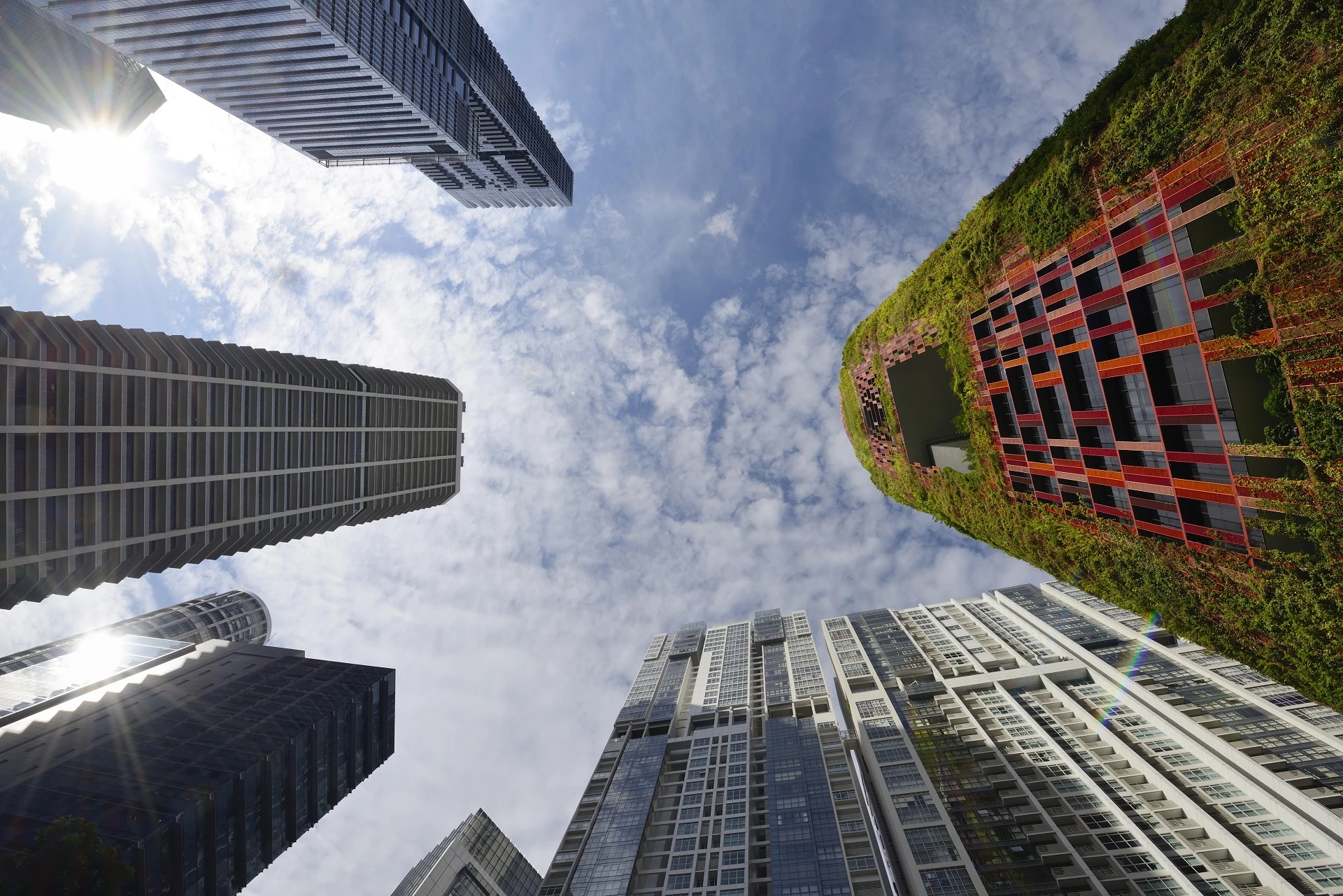A common ground for sustainable investments
The taxonomy includes three layers of green activities that can be taxonomy aligned. The first and most obvious layer is activities that are already low carbon, such as renewable energy. The second layer is activities that enable emission reduction in other activities, for example, manufacturing of components essential for renewable energy production (“enabling activities”). The third layer includes activities that are not low carbon today, where the techniques required might not exist yet, but can transition to become green in the future, such as best-in-class buildings.
To be taxonomy aligned, activities must meet minimum social safeguards, such as fundamental labour rights, but there is no social taxonomy included in the final version. However, the TEG recognizes that a fully comprehensive taxonomy should incorporate social objectives as well as technical screening criteria for significant levels of harm to environmental objectives, i.e. a brown taxonomy. This opens the door for the development of both a social and brown taxonomy in the future.
Changed thresholds for real estate, construction and forestry
The TEG’s call for feedback following its first draft of the taxonomy back in December 2018 covered all of the proposed climate change mitigation criteria, climate change adaptation criteria, usability and future development of the taxonomy, with the vast majority of responses directed towards mitigation activities.
In its final version, the TEG altered multiple taxonomy mitigation activities, with the biggest changes to forestry and building-related activities (see the tables below for an overview of the main changes).
The final report broadens the scope of activities under the forestry category, which now includes conservation forest, and clarifies how to conduct the alignment assessment.
The building category’s criteria have also been changed and the reference to energy classes removed. The criterion for construction of new buildings has now harmonized around the near-zero energy building concept. It is worth highlighting that the thresholds for buildings use a transitional approach, i.e. the thresholds are not necessarily low carbon today and will be tightened until they reach zero emissions.
In addition, the latest report finalises the climate change adaptation technical screening criteria and divides them into adaptation criteria focused on building resilience to climate change and activities that enable adaptation.
Notably, no new sectors were included in the final version of the taxonomy, and omissions include aviation, shipping and pulp/paper. Some of these sectors could certainly contribute to climate change mitigation if techniques were developed to lower their emissions. The TEG found it too difficult to agree on relevant and credible thresholds for some sectors, which will be developed in the future, and also stressed that there will be sectors excluded which cannot substantially contribute to climate change mitigation.
Mandatory disclosure for companies and investors
When the European Commission endorsed the taxonomy regulation in December 2019, the relevant compliance target group expanded from previously including manufacturers of sustainable financial products to now covering all financial market participants as well as companies subject to the Non-financial Reporting Directive (NFRD).
“Manufacturers” of financial products (i.e. investors) should disclose how and to what extent the criteria for environmentally sustainable economic activities are used to determine the environmental sustainability of the investments, to which environmental objective the investment contributes and the proportion of underlying investments that are taxonomy aligned. Companies under the NFRD (i.e. companies with over 500 employees) will have to report the share of their revenues, capex and opex that is taxonomy aligned.
The aim of the taxonomy is to provide investors with more knowledge of sustainable investment opportunities and thereby steer investments towards sustainable activities and solutions. We believe that there will be additional applications of the taxonomy in the future. One existing example is the EU Green Bond Standard, which links to the taxonomy and declares that a bond cannot be labelled as an EU Green Bond if the use-of-proceeds is not aligned with the taxonomy. We expect to see other labelling schemes, regulations and standards refer to the taxonomy in the future.



